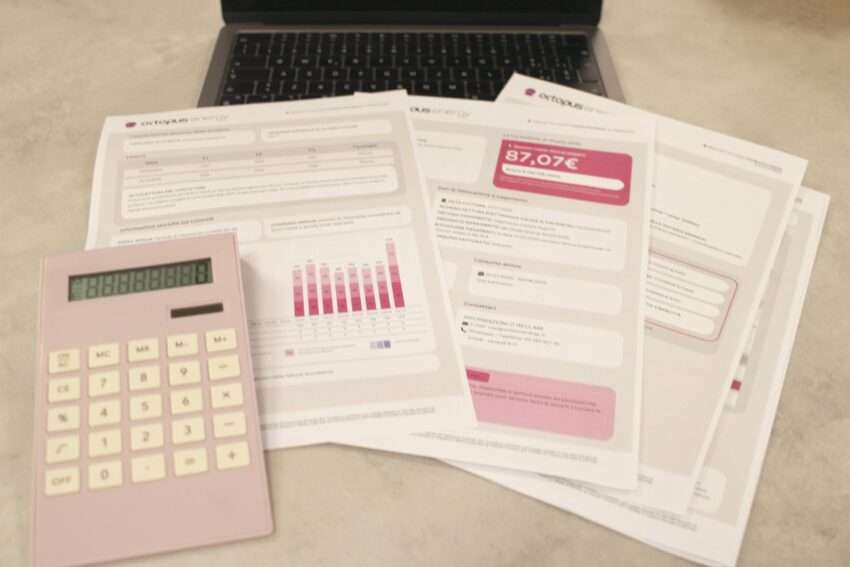The U.S. Consumer Confidence Index dipped slightly in September, declining 3.6 points from August, according to the Conference Board. The index now stands at its lowest level since April, largely due to consumers’ perception that the job market cooled modestly last month. Still, economic fundamentals remain relatively strong, and improving mortgage conditions are creating new opportunities for homebuyers.
The Present Situation Index, which measures current business and labor conditions, fell 7.0 points to 125.4. The Expectations Index, reflecting future economic outlook, declined only slightly to 73.4. The share of respondents who said jobs were “plentiful” dropped to 26.9% from 30.2%, while those expecting more jobs in the next six months slipped to 16.1%.
Optimism in Housing Market Grows
While confidence in the labor market eased, homebuying sentiment showed notable improvement. Purchase plans for homes rose to a four-month high in September, suggesting consumers are responding positively to easing mortgage rates. As rates continue to retreat from summer highs, prospective buyers appear more willing to reenter the market.
For local communities across the San Gabriel Valley, where housing affordability and access remain top concerns, even slight rate declines can stimulate both buyer confidence and construction activity. Economists note that stability in the housing market often ripples through other sectors, supporting small businesses and local employment.
Long-Term Confidence Remains Steady
Despite short-term caution, consumer optimism about the nation’s economic direction remains anchored. The Conference Board noted that household financial health continues to hold firm, supported by lower unemployment and moderate inflation. Analysts say this balance positions the U.S. economy for sustainable, if slower, growth heading into the final quarter of the year.
While households remain wary about the job outlook, consumer spending—responsible for roughly two-thirds of U.S. economic activity—has not faltered. From energy prices stabilizing to supply chains improving, the underlying indicators point to resilience rather than retrenchment.
For more details on the report, visit The Conference Board


